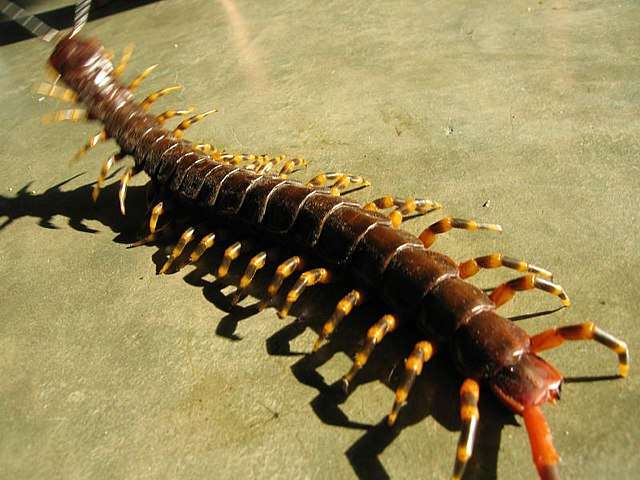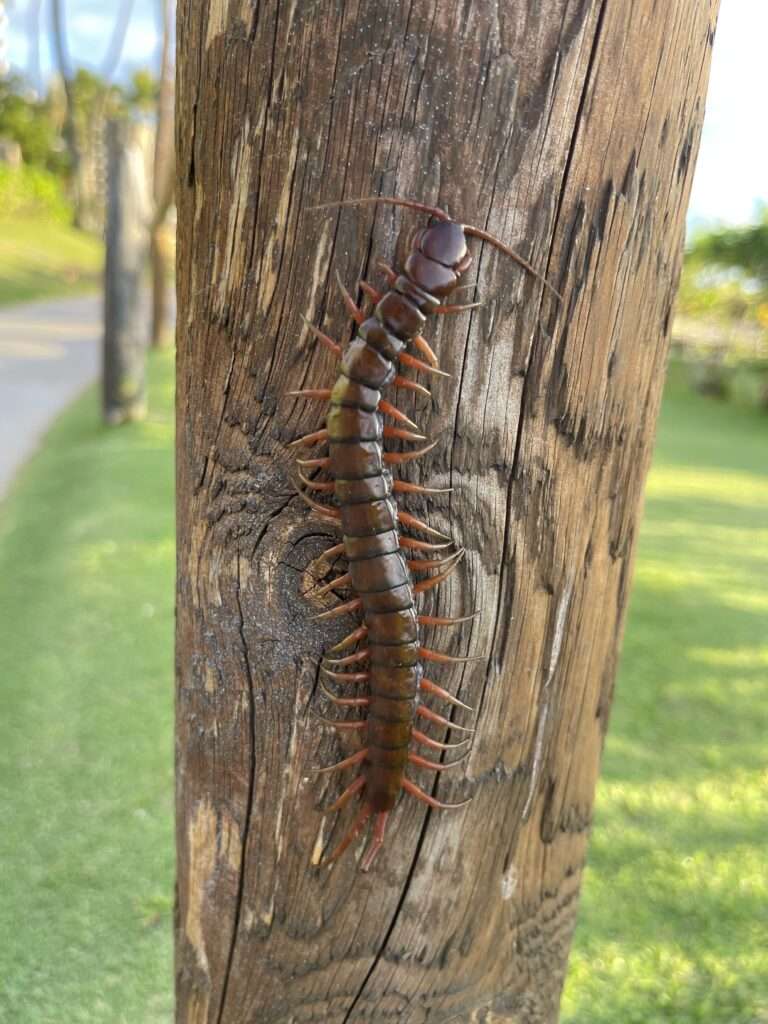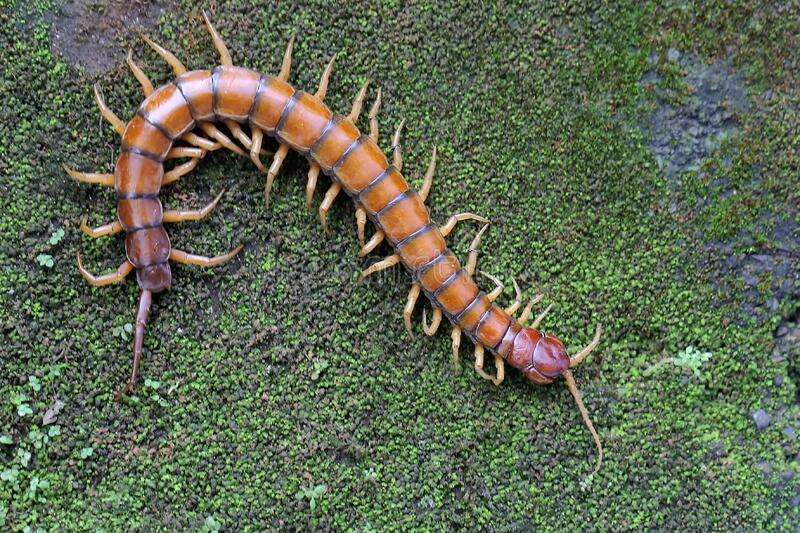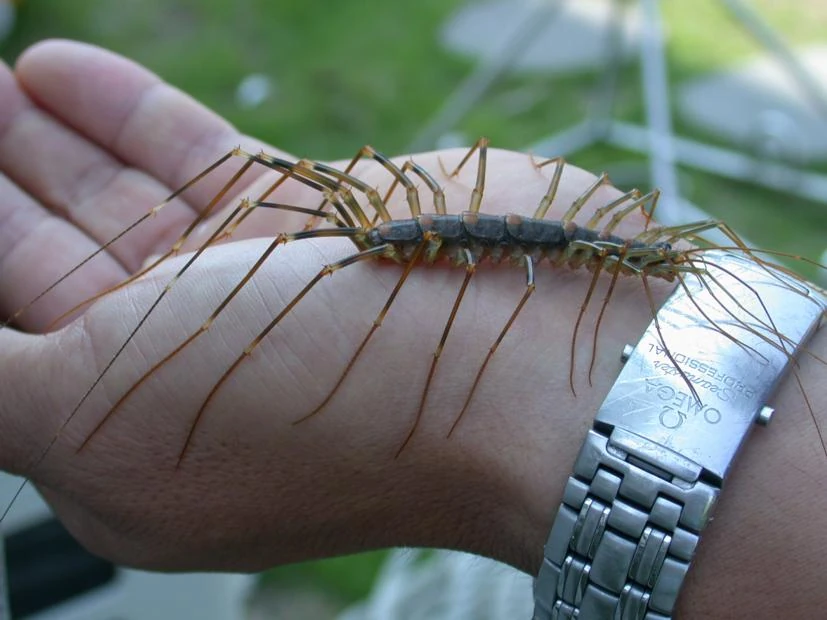Tanzanian Blue Ringleg Centipede
The Scolopendra morsitans species of centipede belongs to the Scolopendridae family and is commonly known as the red-headed centipede. The type species for the genus Scolopendra is S. morsitans. Bright red heads and striated body segments are the main characteristics of adult Tanzanian blue ringlegs, which reach a maximum length of 13 centimeters. However, there […]
Tanzanian Blue Ringleg Centipede Read More »








